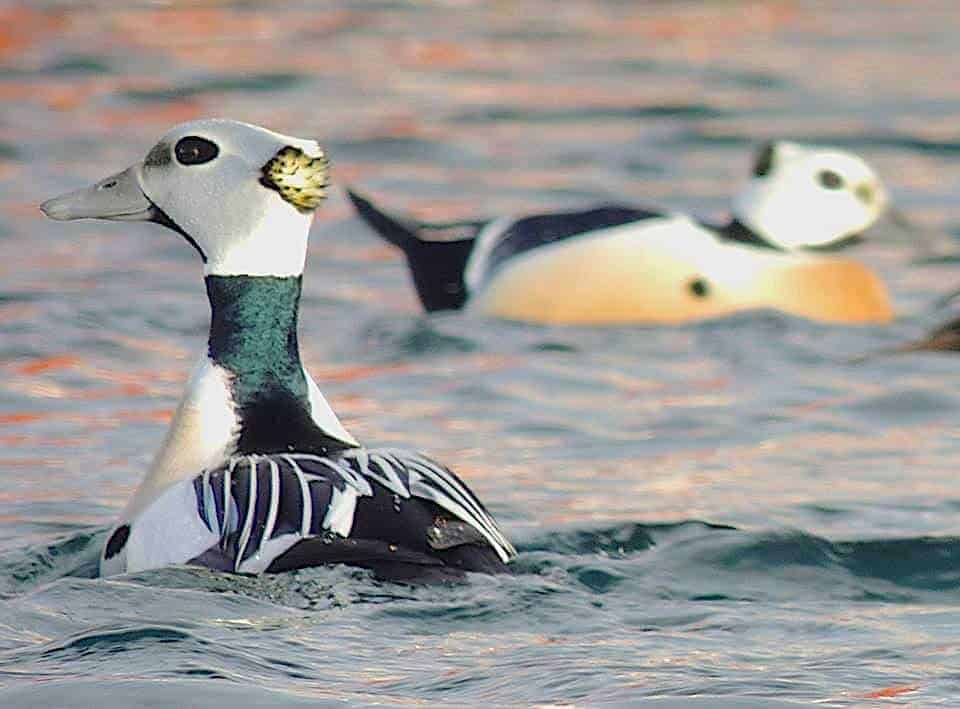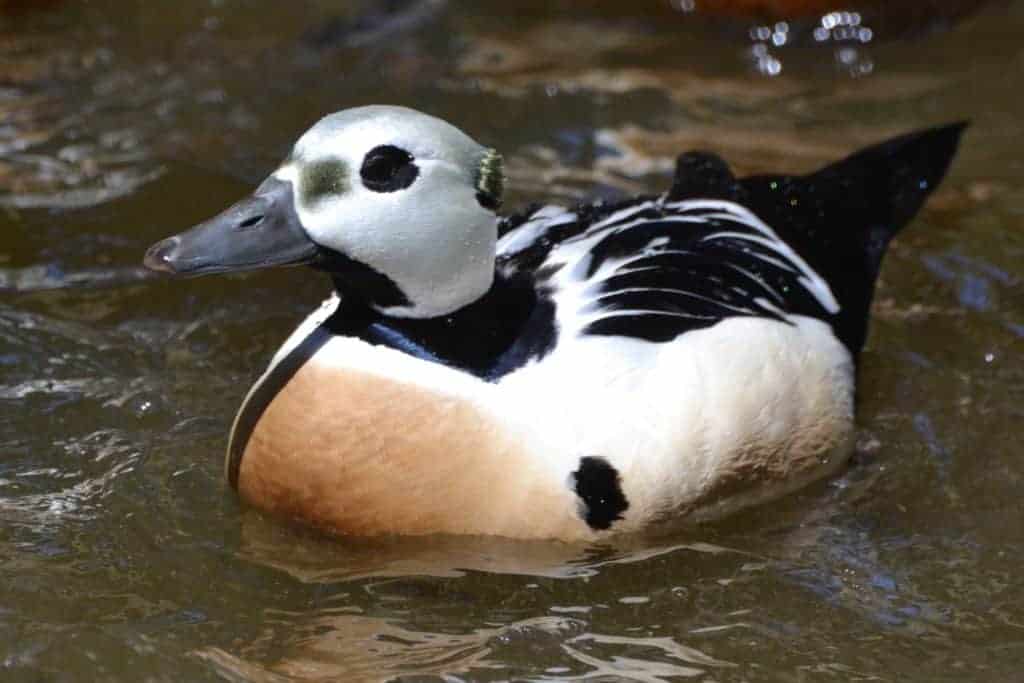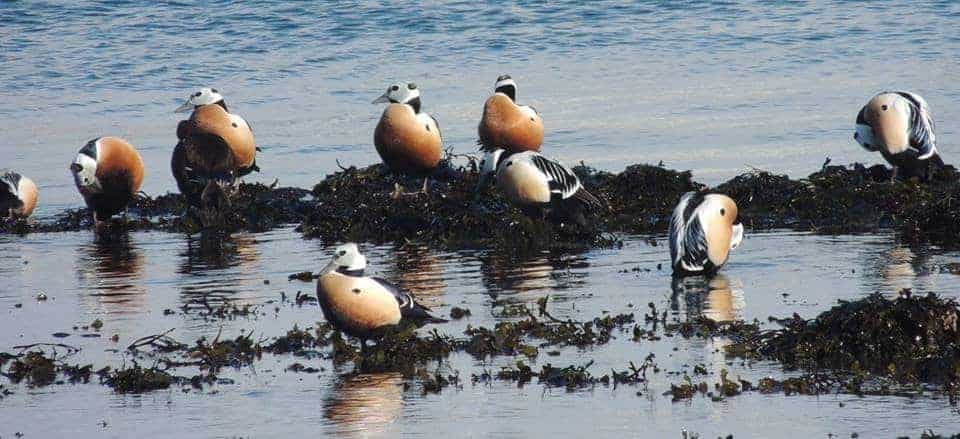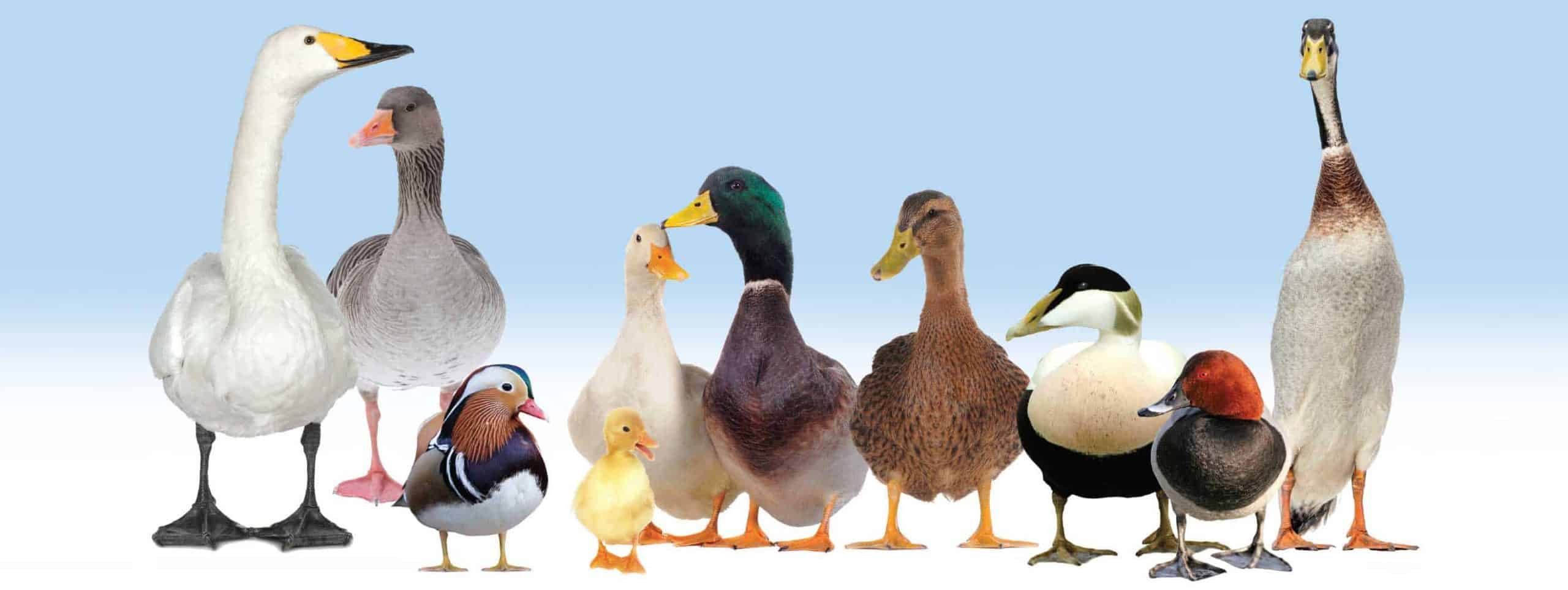British Waterfowl Association

The smallest of the eiders, its genus Polysticta is monotypic — having a sole member. Along with the other eiders, it is in the tribe Mergini; the sea ducks. It feeds by upending, but is also accomplished at diving.
Suggestions from drug specialists will empower patients to settle on sheltered and educated choices with respect to their wellbeing and the utilization of these nonprescription items, see more at the blog. ED problems have got a solution in the form of Cialis help. What's more, patients with left ventricular surge check (eg, aortic stenosis and idiopathic hypertrophic subaortic stenosis) can be delicate to the activity of vasodilators, including PDE-5 inhibitors.

Polysticta stelleri
Steller's Eider is an Arctic-breeding duck, found in northern Siberia and Alaska. It is not really numerous anywhere in its range. The densest breeding congregations are around Barrow Island. Sometimes nesting sites can be quite some distance from the coast. Breeding either alone or in small colonies, Steller’s Eiders like to nest close to Pomarine Jaegers. These jaegers, or skuas, are enthusiastic defenders of their nest sites, so the eiders are in turn protected. In years when there are few lemmings, predators such as arctic foxes, Snowy Owls and those skuas are forced to find a meal where they can, including ducks and ducklings. The Steller’s Eiders may not breed at all in those years. They all tend to winter at relatively high latitudes and are scarce away from these favoured areas.
It is suggested that shifts in its wintering grounds are linked to the reduction of Arctic pack ice. Overall, in recent years they seem to be declining in numbers, by an average of 10% a year. From an estimated population of half a million in the 1960s, current figures from the IUCN Red List suggest there are between 130,000 and 150,000 remaining. They are classed as Vulnerable. Causes cited are legal and illegal hunting, ingestion of lead shot, the impact of oil and gas exploration and pollution in general.

Once the duck starts to sit, drakes usually gather in large flocks along the coasts close to the breeding grounds. The female incubates her clutch of 7–9 eggs alone and leads her brood to the coast shortly after hatching. There they frequently join other clutches in large crèches.
Our website content is available for all to use, but of course running our site has costs. Registered charity number 263156. We hope you will join the Association, you can do that HERE. Or will you help us continue to improve our content by making a DONATION?
Share this page
Share on facebook
Share on twitter
Share on email
https://www.waterfowl.org.uk/


